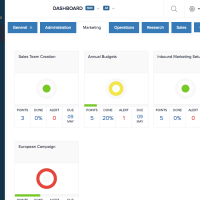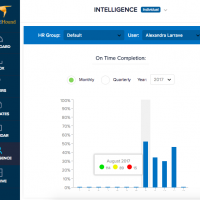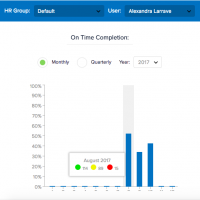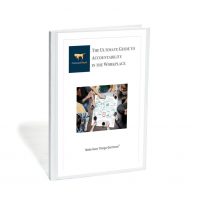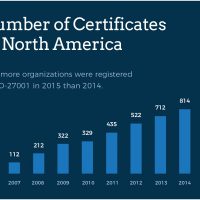Setting up a project management office is one the most effective things you can do to manage multiple projects around your organization. But it could become a big waste of time and resources if not configured properly.
Insights
The mission of the International Esperanza Project (IEP) is to inspire hope in people in developing countries through healthcare and community development projects. They have selected CommandHound to provide the task management and accountability support they need to maximize their resources.
Holding people accountable in the workplace requires a full closed feedback loop to be really effective. If we are able to track actual results as people complete their assigned tasks, do you think they will be more inclined to make sure things get done?
A partner in a law firm has a lot to worry about. Business development, client relations, case management, and ensuring high quality work to mitigate the risk of malpractice leave little time for training and mentoring young associates.
Most firms have more work than they can handle, and that work can’t be done without people. It is no secret that retaining associates is one of the biggest challenges facing law firms.
Why do most employees see training as a chore of little value? Why is it that training is so hard to make interesting and engaging? Why is knowledge retention so hard to achieve?
Today’s tight labor market has created an environment where employers are bending over backward to retain their top talent. Companies are looking at pay increases, benefits packages, training opportunities and other perks to keep their employees satisfied and engaged. But they often overlook the most simple and inexpensive way to improve engagement — an employee recognition program.
Why do some employees seem always to get things done on time and as expected, while others struggle? Is it in their DNA? Is it an organizational culture that condones missed deadlines so that some people do not feel the pressure to perform as well? Are incentives, like bonuses, or penalties, like losing a job, accomplishing their objectives?
We dived deep into how companies set up Information Security Management Systems (ISMS) and found 8 key trends that lead to a successful ISO-27001 certification.
Healthcare providers face the constant fear of falling behind on HIPAA compliance and facing punishments and fines from the federal government. So, what is the best and most cost effective way to make sure things get done when it comes to HIPAA compliance?
SpaceX has emerged in the past few years as a uniquely disruptive company in an area that has, until now, been reserved for governments. Here are some interesting facts about their meteoric rise. What makes them good at getting hard or seemingly impossible things done?
